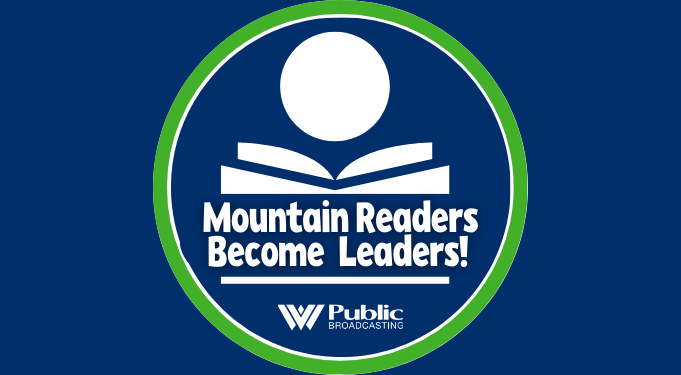Woody Thrasher, a Republican who is challenging West Virginia Gov. Jim Justice in the 2020 GOP primary, took to Twitter to call out the state’s level of at-risk youth on his opponent’s watch.
“‘West Virginia is sixth overall in the average number of at-risk youth.’ Let’s turn this around and grow our workforce by supporting post-secondary training programs. #TimeToGetToWorkWV #wvpol,” Thrasher tweeted.
Here, we won’t address whether or how much post-secondary training programs can help at-risk youth. Instead, we’ll focus on the credibility of his statement that “West Virginia is sixth overall in the average number of at-risk youth.”
There are certainly warning signs about West Virginia’s youth, many of them traceable to the opioid crisis. We have rated as True the statement that West Virginia “has the highest overdose rate per capita of any state in our nation.”
The drug epidemic is “the driving force in (the) child welfare crisis,” the West Virginia Department of Health and Human Resources said in a statement in February 2018. The department said that the opioid crisis has made it difficult to help get children back on their feet and is making them more prone to mental-health issues.
But How Does West Virginia Compare Nationally?
In his tweet, Thrasher linked to a July 18 editorial in the Exponent-Telegram newspaper of Clarksburg. The editorial includes the exact sentence Thrasher quoted, and it says the source is the most recent edition of an annual survey by the website WalletHub. Thrasher’s campaign also confirmed to PolitiFact West Virginia that the WalletHub survey was the source.
As Thrasher indicated, the WalletHub report does show West Virginia ranking sixth in at-risk youth, behind Louisiana, the District of Columbia, Mississippi, Arkansas, and Nevada.
The website determined the overall rankings by weighting 15 different metrics. They include the population aged 18 to 24 years who are not attending school, not working and have no degree beyond a high school diploma; the labor force participation rate, the poverty rate, and the homelessness rate for the population aged 16 to 24 years; the rate of teen pregnancy; the percentage of those under age 21 who are detained in residential facilities in the criminal justice system; and the percentage of youth who are overweight, who use drugs, who have alcohol problems, or who have clinical depression.
We reached out to several of the academic advisers to the WalletHub study. The only one to answer us was Rigaud Joseph, an assistant professor of social work at California State University San Bernardino. However, Joseph said that he “did not have any statistical input in the study. WalletHub decided on the criteria for the rankings.”
So we turned to independent experts, who said that WalletHub’s study was credible.
“The WalletHub methodology seems fine and it generates a credible ranking of states,” said Gary Natriello, a professor of educational research, sociology, and education at Teachers College, Columbia University. “Other rankings would be possible if different combinations of indicators were used, but West Virginia would likely be among the states with the most at-risk youth, as Thrasher’s statement suggests.”
Our Ruling
Thrasher said that “West Virginia is sixth overall in the average number of at-risk youth.”
He is correctly citing a study by the website WalletHub that came up with its ranking by using 15 metrics on youth health, employment, and education. An expert said this is a reasonable way to compare states against each other, though it’s hardly the only way; the use of other data points or weighting of the factors could produce somewhat different rankings.
We rate the statement Mostly True.
This article was originally published by PolitiFact.





















